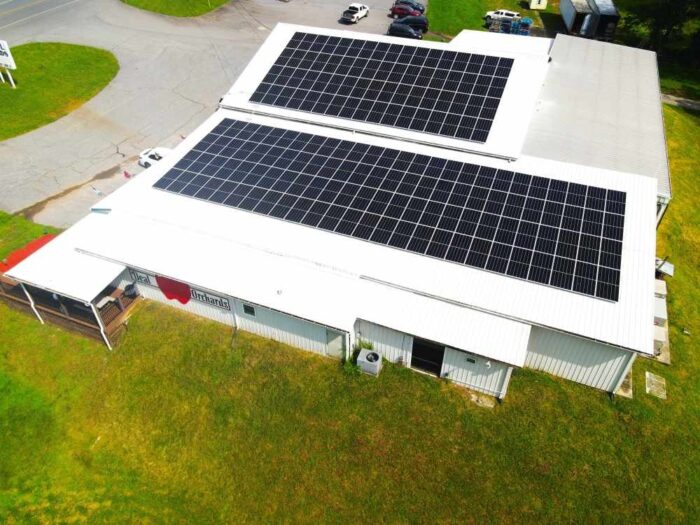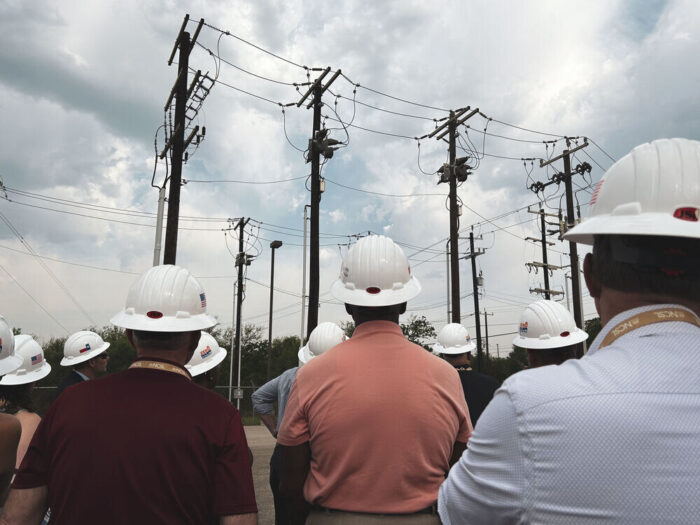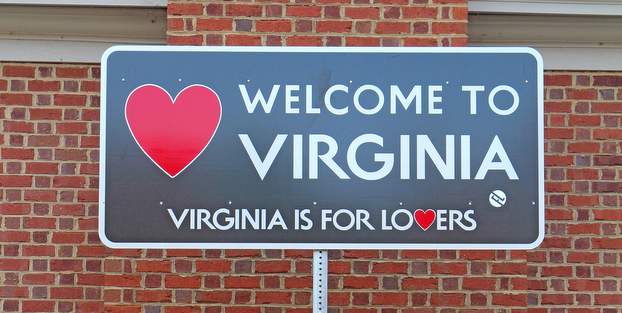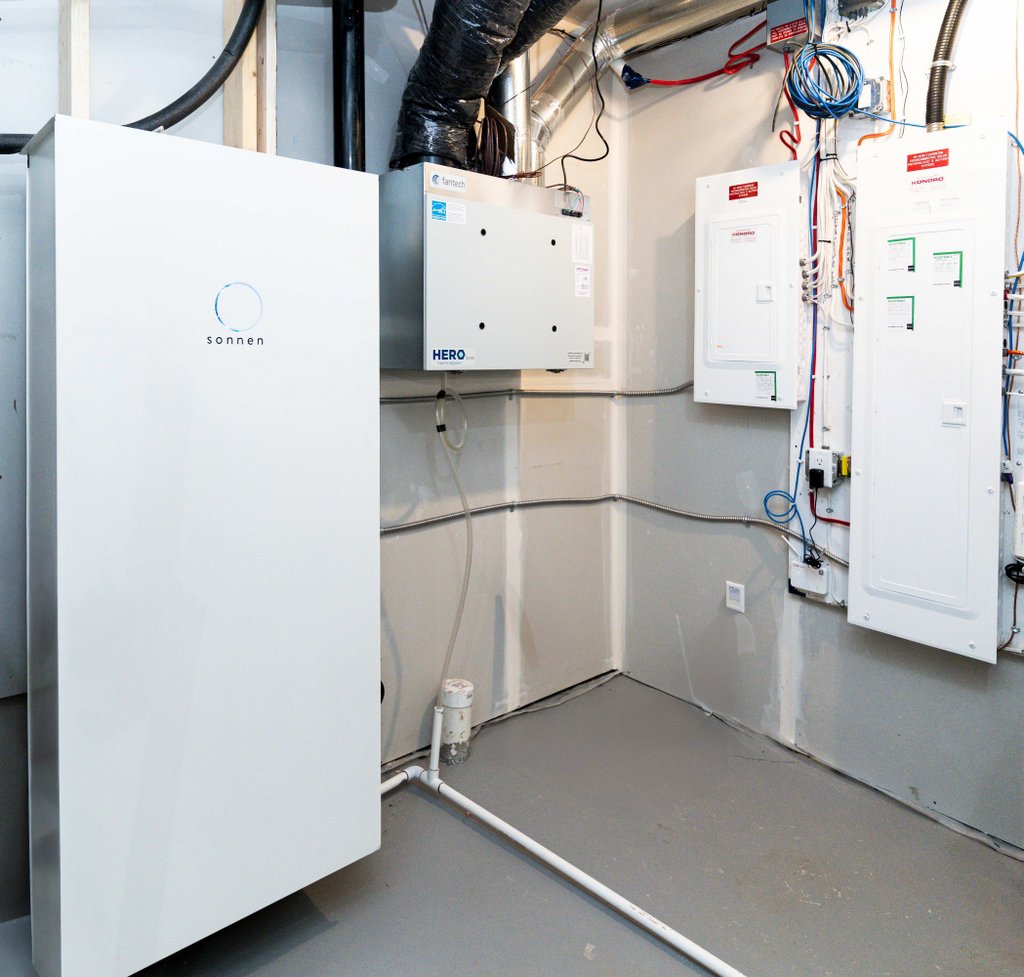Pisgah Energy helps N.C. fruit farm go solar | Projects Weekly

Pisgah Energy is helping North Carolina-based Deal Orchards get 75% of its energy needs from solar. Geronimo Power hosts community social event to celebrate its Apple River Solar project. State lawmakers met in San Antonio to explore renewable solutions to meeting rising energy demand. Read all about it in today’s Projects Weekly.
A third generation, family-owned fruit farm in Taylorsville, N.C., is now generating 75% of its energy needs with on-site solar, thanks to Pisgah Energy. Nestled in the foothills of the Brushy Mountains, Deal Orchards has implemented a number of eco-friendly measures to its business, such as enrolling a portion of its stone fruit and apple acreage in the EcoCertified program, a rigorous, science-based method of commercial tree fruit production focused on protecting pollinators, beneficial insects and environmental resources. The company is the first orchard in the southeast to become an EcoCertified grower. Now, Deal Orchards can add solar to its list of sustainability efforts.
“We decided to install solar for two very practical reasons, to reduce our carbon footprint and our energy bills,” said Alan Deal, president of Deal Orchards. “Legacy is important to us and the fact that we can do the right thing for the future of our community and environment while saving money now is fantastic.”

Cool factor: Pisgah Energy worked closely with Deal Orchards to design, develop and install the rooftop solar project on their roadside market and packing house. Totaling 77 kWdc, this system harnesses the power of 172 Qcells 450W panels and three SolarEdge inverters. The system will serve as on-site electrical generation and produce over 95,000 kWh of renewable energy annually. Pisgah Energy was the lead designer/developer and served as the primary contractor during project construction.
Geronimo Power hosts social event to celebrate Apple River Solar project
Geronimo Power hosted a community event to celebrate the construction of its Apple River Solar project in Polk County, Wisconsin. The 100 MW project is located within the Midcontinent Independent System Operator (MISO) market and is scheduled to begin operations later this year. The event brought together landowners, community members, project partners and neighbors to recognize the significant impacts the project will provide in the form of new tax revenue, jobs, and charitable giving.
“Project host communities are the lifeblood of our projects, and I’m proud to be here today celebrating the Apple River Solar project with those who helped bring it to fruition,” said Jeff Ringblom, chief development officer at Geronimo Power. “While we have a history of developing more than 150 MW of reliable energy across Wisconsin, we’re excited for this to be our first owned and operated project in the state. With more than $36 million expected to flow into the local and state communities from Apple River Solar, we firmly believe those dollars will result in meaningful, lasting positive impacts to Wisconsin residents and communities.”
Cool factor: Taking place shortly after the Summer Solstice, the “Solar Summer Social” event featured several opportunities for attendees to learn more about solar energy, including a guided behind-the-scenes tour of the project site. Representatives from Xcel Energy (the power purchaser) and The Boldt Company (EPC partner) were also present and spoke about the contributions the project will make statewide and to local residents.
“Boldt and our subcontractors were proud to employ up to 150 skilled tradespeople, including laborers, carpenters, operators, electricians and iron workers, throughout the year-long construction of this project,” said Jason Fields, project executive at The Boldt Company. “These union jobs offered competitive wages and strong benefits, supporting both the local community and workers across Wisconsin.”
Earlier this year, Geronimo Power announced Apple River’s pledge to contribute $500,000 in charitable funding over the first 20 years of operation. Funds will be distributed directly to the Amery and Clayton School Districts.
State lawmakers seek new solutions to meet growing energy demand
On a day when parts of Texas were wilting under temperatures near 100 degrees, lawmakers from across the United States gathered in San Antonio for a two-day meeting to learn about options for meeting growing energy demand reliably and affordably. Electric grids are under increasing strain nationwide, driven by extreme weather events and the rising energy needs of data centers.
The meeting, sponsored by The Pew Charitable Trusts in partnership with the National Conference of State Legislatures, focused on distributed energy resources (DERs), which are energy technologies that allow consumers, businesses, and communities to generate and store their own energy.

Cool factor: The group of bipartisan lawmakers representing 12 states toured the Southwest Research Institute (SWRI), where scientists and engineers test energy production, storage and distribution technology. Lawmakers saw a battery energy storage system, run by the local utility CPS Energy, which stores solar power and discharges it to the grid when it’s needed most.
The meeting also gave lawmakers an opportunity to discuss DERs and what policy solutions could increase their adoption. DER experts explained the myriad ways in which these technologies can help states meet power needs without building massive and expensive new power plants or transmission lines. Some attendees said they are looking at DERs to help support economic development and attract new industry to their district.
Pew is working to highlight how DERs can help fill that gap across the country. Promising models abound, including examples in other countries. Australia, for example, meets 10% of its energy needs with DERs, compared with about 5% in the United States. And DERs are becoming more affordable, more reliable, and quicker to bring online in the U.S., signaling major growth potential for these technologies.
In 2026, Pew will release a “DER playbook” of policy recommendations to help states, businesses, and consumers access this energy option. The San Antionio session was aimed at informing those recommendations and helping to move the U.S. toward a more stable and affordable energy future.





Comments are closed here.